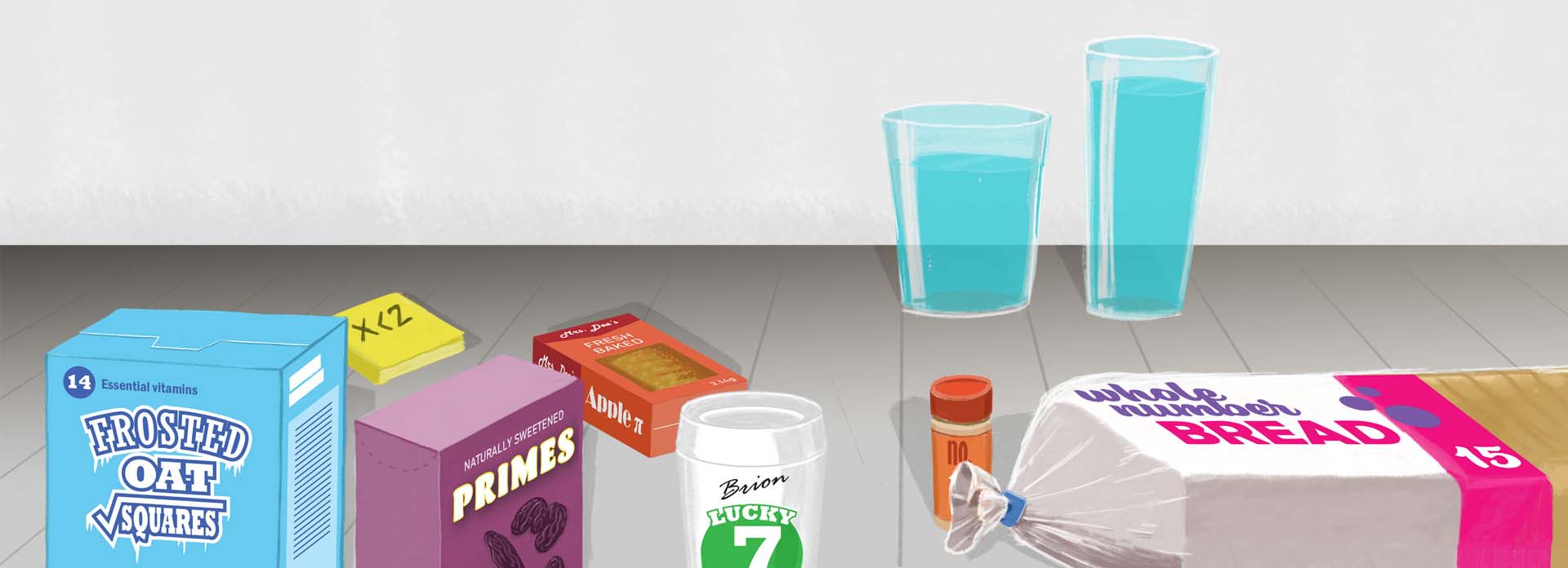Project
What’s Measure Up (MU)?
Measure Up (MU) is an elementary mathematics research and development project that began at CRDG in 2001. The current project includes curriculum development and research on student learning in the first grade. Based on English translations of the Russian elementary curriculum developed by V. V. Davydov and D. B. El’konin, MU focuses on early algebraic thinking beginning with a study of mathematical relationships. Students engage with tasks involving mass, volume, area, and length to learn about concepts such as equality, comparison relationships, unit, and part-whole relationships. Stories involving Lani’s and Rabbert’s problem solving adventures enrapture young students and provide motivation for working through challenging mathematical problems.
Three characteristics guide the work in MU to help young children become mathematical thinkers:
- Students’ experiences with continuous quantities of volume, mass, length, and area introduce them to mathematical ideas, laying the foundation for algebraic thinking.
- An emphasis on communication engages students in talking about, listening to, and writing about mathematical ideas.
- Students represent quantitative relationships concretely, pictorially, diagrammatically, and symbolically. These representations are used interchangeably rather than sequentially.

Students learn how to compare the volume of containers by pouring liquid from one container into another.

Students use two different quantities of volume to represent the concepts of inequality, addition, and equality.

Students work on changing a mass (represented by the letter H) to make it equal to the mass of a second object (represented by the letter T).
Activities to Try at Home
Many of the activities used in the MU classroom can be adapted to do at home. Try these activities with your child to start to introduce them to early algebraic thinking.
1. Comparing Two Volumes
Select any two unmarked containers (e.g., cups, vases, jars) from your cupboard. Ask your child to make a prediction about which container will hold more water (rice or other filler may be substituted). Use the word volume to describe the amount of space the water occupies in a container. Have your child test their prediction using a method similar to the one used by Lani and Rabbert. What did your child discover?
2. Is Taller Always Smaller?
Look into Lani’s comment “taller is smaller.” To help your child recognize that volume and height are different attributes, get two unmarked containers like Lani’s and Rabbert’s with the tall container having more volume (i.e., able to hold more) than a short, wide container. Have your child test which container holds more. Ask your child questions like “Can you predict how volumes compare by only looking at height?”
3. Different but Equal
To investigate the idea that different looking containers can hold equal volumes, select two unmarked, different sized containers. Have your child fill one with water (or other filler), then investigate different methods for creating the same volume of water in a different container. Ask your child
how they know the two volumes are equal.
Have your child draw or record their findings from these fun activities. You can download the recording sheet here .
For More Information about MU
- Dougherty, B., & Venenciano, L. (2007). Measure Up for understanding. Teaching Children Mathematics, 13(9), 452-456. https://www.nctm.org/Publications/teaching-children-mathematics/2007/Vol13/Issue9/Measure-Up-for-Understanding_-Reflect-and-Discuss/ (This link requires membership to read the article.)
- Venenciano, L. C., Yagi, S. L., Zenigami, F. K., & Dougherty, B. J. (2019). Supporting the development of early algebraic thinking, an alternative approach to number. Investigations in Mathematics Learning. DOI: 10.1080/19477503.2019.1614386 (https://www.tandfonline.com/doi/abs/10.1080/19477503.2019.1614386 )
- Venenciano, L. (2017). Early curricular experiences with nonnumeric quantities, evidence of an enduring perspective. The International Journal for Mathematics Teaching and Learning, 18(2), 181–202. (https://pdfs.semanticscholar.org/d99c/e103417abf2a31e6d2384bf06c07de5a03c0.pdf )
- Venenciano, L., & Dougherty, B. (2014). Addressing priorities for elementary grades mathematics. For the Learning of Mathematics, 34(1), 18–23. (https://flm-journal.org/Articles/739D3FD8C95A0A3770B35494FA3327.pdf )
- Yagi, S., Venenciano, L., & Zenigami, F. (2020, March 5–7). First graders’ representations and relational thinking: A qualitative study [Conference session]. Research Council on Mathematics Learning 47th Annual Conference, Las Vegas, NV. Download presentation

